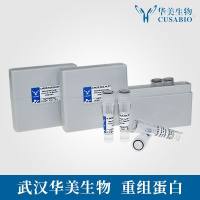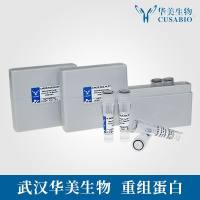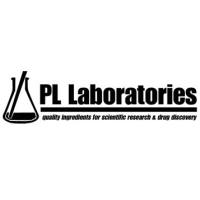Macrophage Activation: Classical Versus Alternative
互联网
680
Macrophages are involved in both innate and adaptative immune responses. Depending on the types of cytokines that macrophages are exposed to, these cells are subjected to classical (Th1) or alternative (Th2) activation. In the first case, macrophages, particularly when activated by interferon gamma (IFN-α) or by lipopolysaccharide (LPS), have the capacity, through the production of NO and other intermediates, to destroy the remaining microorganisms in the inflammatory loci. In the second case, after exposure to cytokines such as IL-4, IL-10, or IL-13, macrophages produce polyamines and proline, which induce proliferation and collagen production, respectively. Interestingly, in both classical and alternative activation, the essential substrate that drives these pathways is the amino acid arginine. NO synthase 2 (NOS2) is induced by IFN-α or LPS and degrades arginine into OH-arginine and then into NO. Arginase is induced by Th2-type cytokines, which convert arginine into ornithine and subsequently into polyamines and proline. In this chapter, we present simple and direct methods for analyzing the properties of macrophage populations to determine whether they exhibit either a classical or alternatively activated phenotype.









